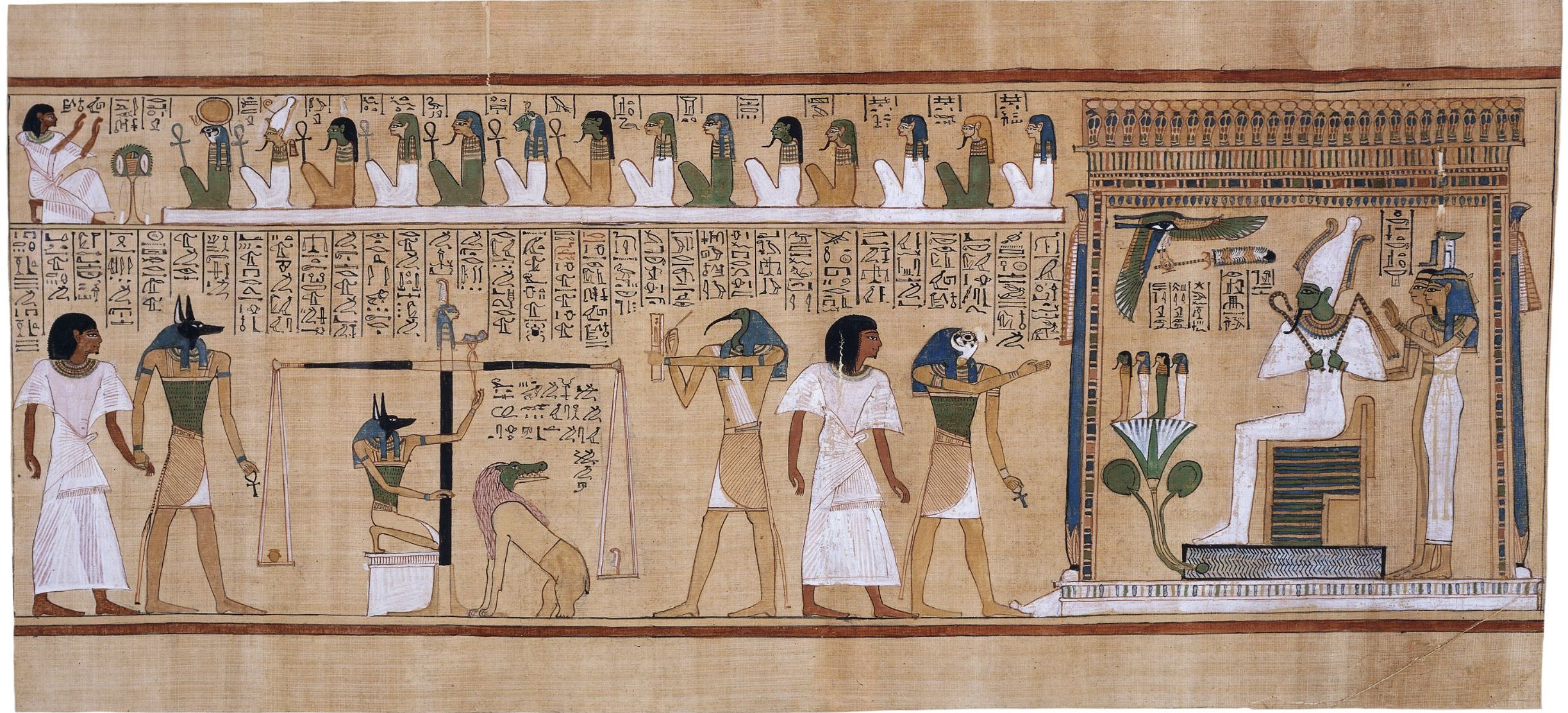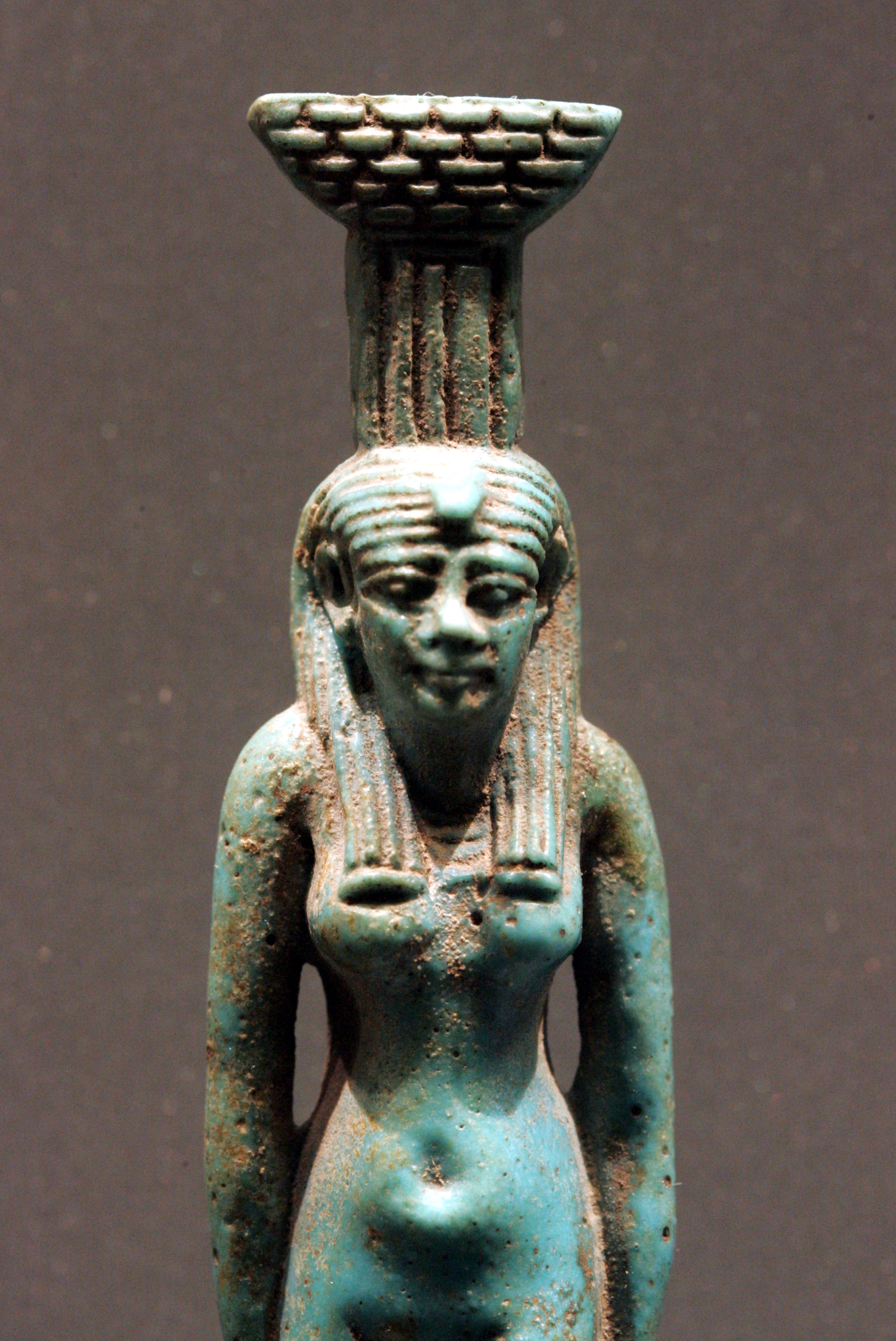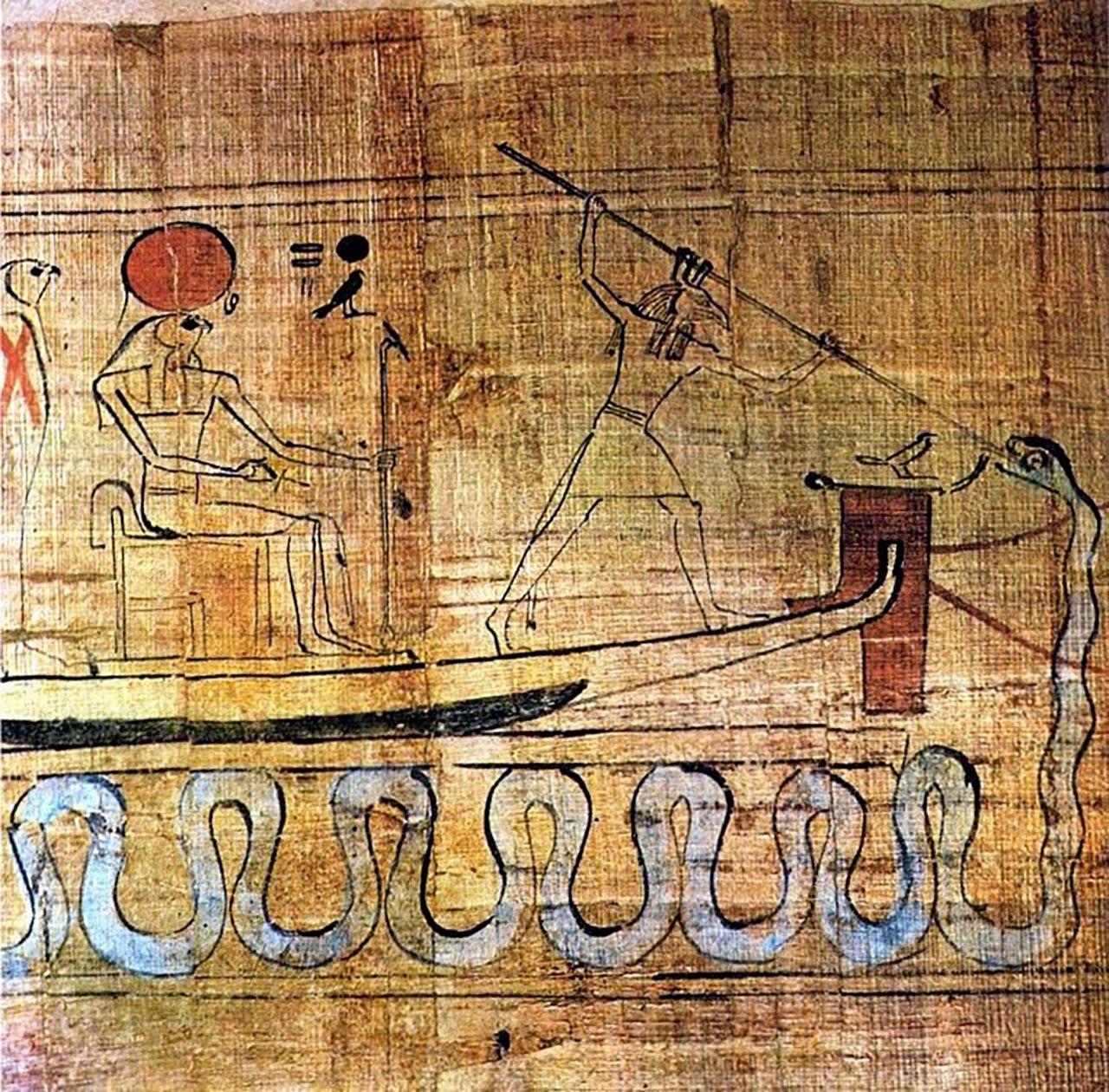|
The Throne Of Fire
''The Throne of Fire'' is a 2011 fantasy adventure novel written by American author Rick Riordan. It is the second novel in ''The Kane Chronicles'' series, which tells of the adventures of modern-day fourteen-year-old Carter Kane and his twelve-year-old sister - Sadie Kane, as they discover that they are descended from the ancient Egyptian pharaohs Narmer and Ramesses the Great. It was released on May 3, 2011. The book takes place roughly three months after the first book, ''The Red Pyramid''. It is followed by the third and final book in the series, '' The Serpent's Shadow'', which was released on May 1, 2012. Plot Sadie and Carter Kane must find the three scrolls of the Book of Ra, to wake the sun god Ra from his sleep, and stop Apophis, the serpent of chaos, from destroying the world. The first scroll is hidden inside the Brooklyn Museum. With two of their magician trainees, Jaz and Walt, the Kane siblings manage to retrieve the scroll, fighting off a griffin and evil spiri ... [...More Info...] [...Related Items...] OR: [Wikipedia] [Google] [Baidu] |
WikiProject Novels
A WikiProject, or Wikiproject, is an affinity group for contributors with shared goals within the Wikimedia movement. WikiProjects are prevalent within the largest wiki, Wikipedia, and exist to varying degrees within Wikimedia project, sibling projects such as Wiktionary, Wikiquote, Wikidata, and Wikisource. They also exist in different languages, and translation of articles is a form of their collaboration. During the COVID-19 pandemic, CBS News noted the role of Wikipedia's WikiProject Medicine in maintaining the accuracy of articles related to the disease. Another WikiProject that has drawn attention is WikiProject Women Scientists, which was profiled by ''Smithsonian Magazine, Smithsonian'' for its efforts to improve coverage of women scientists which the profile noted had "helped increase the number of female scientists on Wikipedia from around 1,600 to over 5,000". On Wikipedia Some Wikipedia WikiProjects are substantial enough to engage in cooperative activities with outsi ... [...More Info...] [...Related Items...] OR: [Wikipedia] [Google] [Baidu] |
Set (mythology)
Set (; Egyptological: ''Sutekh - swtẖ ~ stẖ'' or: Seth ) is a god of deserts, storms, disorder, violence, and foreigners in ancient Egyptian religion. In Ancient Greek, the god's name is given as (). Set had a positive role where he accompanied Ra on his barque to repel Apep (Apophis), the serpent of Chaos. Set had a vital role as a reconciled combatant. He was lord of the Red Land (desert), where he was the balance to Horus' role as lord of the Black Land (fertile land). In the Osiris myth, the most important Egyptian myth, Set is portrayed as the usurper who murdered and mutilated his own brother, Osiris. Osiris's sister-wife, Isis, reassembled his corpse and resurrected her dead brother-husband with the help of the goddess Nephthys. The resurrection lasted long enough to conceive his son and heir, Horus. Horus sought revenge upon Set, and many of the ancient Egyptian myths describe their conflicts. Family Set is the son of Geb, the Earth, and Nut, the Sky; his ... [...More Info...] [...Related Items...] OR: [Wikipedia] [Google] [Baidu] |
Duat
The Duat or Tuat (Ancient Egyptian: Hieroglyph: 𓇽 romanized: dwꜣt) is a concept in ancient Egyptian mythology involving death. It is most often seen as a realm where people go after they die. Due to linguistic shifts within Ancient Egypt, the ''Duat'' has also been called Te () and Amenthes (). What is known of the ''Duat'' derives principally from funerary texts such as the '' Book of Gates'', the ''Book of Caverns'', the '' Coffin Texts'', the '' Amduat'', and the ''Book of the Dead,'' among many other sources. It is generally known best as a dark subterranean realm that not only houses the deceased, but a variety of deities. Common deities depicted in these texts are Osiris, Anubis, Thoth, Horus, and Maat in various forms. While all of these documents involve the ''Duat'', each of them fulfilled a different purpose and depict the ''Duat'' in a variety of unique ways. Overview This realm is most often depicted as a setting for a variety of rituals and mythological e ... [...More Info...] [...Related Items...] OR: [Wikipedia] [Google] [Baidu] |
Nekhbet
Nekhbet (; also spelt Nekhebet) is an early predynastic local goddess in Egyptian mythology, who was the patron of the city of Nekheb (her name meaning ''of Nekheb''). Ultimately, she became the patron of Upper Egypt and one of the two patron deities (alongside Wadjet) for all of Ancient Egypt when it was unified.Wilkinson, Richard H. (2003). ''The Complete Gods and Goddesses of Ancient Egypt''. Thames & Hudson. pp. 213–214. Mythology One of Egypt's earliest temples was the shrine of Nekhbet at Nekheb (also referred to as El Kab). It was the companion city to Nekhen, the religious and political capital of Upper Egypt, at the end of the Predynastic period (c. 3200–3100 BC) and probably, also during the Early Dynastic Period (c. 3100–2686 BC). The original settlement on the Nekhen site dates from Naqada I or the late Badarian cultures. At its height, from about 3400 BC, Nekhen had at least 5,000 and possibly as many as 10,000 inhabitants. Nekhbet was the tutelary de ... [...More Info...] [...Related Items...] OR: [Wikipedia] [Google] [Baidu] |
Babi (mythology)
Babi, also Baba, in ancient Egyptian religion, was the deification of the hamadryas baboon, one of the animals present in ancient Egypt. His name is usually translated as "bull of the baboons", roughly meaning "chief of the baboons". Baboons are extremely aggressive and omnivorous, and Babi was viewed as being very bloodthirsty, and living on entrails. Consequently, he was viewed as devouring the souls of the sinful after they had been weighed against Maat (the concept of truth/order), and was thus said to stand by a lake of fire, representing destruction. Since this judging of righteousness was an important part of the underworld, Babi was said to be the first-born son of Osiris, the god of the dead in the same regions in which people believed in Babi. Baboons also have noticeably high libidos, in addition to their high level of genital marking, and so Babi was considered the god of virility of the dead. He was usually portrayed with an erection, and due to the association ... [...More Info...] [...Related Items...] OR: [Wikipedia] [Google] [Baidu] |
Opening Of The Mouth Ceremony
The opening of the mouth ceremony (or ritual) was an ancient Egyptian ritual described in funerary texts such as the Pyramid Texts. From the Old Kingdom of Egypt, Old Kingdom to the Roman Egypt, Roman Period, there is ample evidence of this ceremony, which was believed to give the deceased their fundamental senses to carry out tasks in the afterlife. Various practices were conducted on the corpse, including the use of specific instruments to touch body parts like the mouth and eyes. These customs were often linked with childbirth, which denoted rebirth and new beginnings. For instance, cutting bloody meat from animals as offerings for the deceased signified the birthing process, which typically involves blood, and represented the commencement of a new life. Additionally, tools like the ''peseshkef'', which resembled the tail of a fish and were originally employed for cutting infants' umbilical cords, further emphasized the idea of "rebirth". Religious significance The ancient Eg ... [...More Info...] [...Related Items...] OR: [Wikipedia] [Google] [Baidu] |
Tawaret
In Ancient Egyptian religion, Taweret (, also spelled Taurt, Tuat, Tuart, Ta-weret, Tawaret, Twert and Taueret, and in , Thoeris, Taouris and Toeris) is the protective goddess of childbirth and fertility. The name "Taweret" means "she who is great" or simply "great one", a common pacificatory address to dangerous deities. The deity is typically depicted as a bipedal female hippopotamus with feline attributes, pendulous female human breasts, the limbs and paws of a lion, and the back and tail of a Nile crocodile. She commonly bears the epithets "Lady of Heaven", "Mistress of the Horizon", "She Who Removes Water", "Mistress of Pure Water", and "Lady of the Birth House". History and development Archaeological evidence demonstrates that hippopotamuses inhabited the Nile well before the dawn of Early Dynastic Period (before 3000 BCE). The violent and aggressive behavior of these creatures intrigued the people that inhabited the region, leading the ancient Egyptians both to persecute a ... [...More Info...] [...Related Items...] OR: [Wikipedia] [Google] [Baidu] |
Khonsu
Khonsu (; also transliterated Chonsu, Khensu, Khons, Chons, Khonshu, or Konshu; ) is an ancient Egyptian god of lunar deity, the Moon. His name means 'traveller', and this may relate to the perceived nightly travel of the Moon across the sky. Along with Thoth, he marked the passage of time and is associated with baboons. Khonsu was instrumental in the creation of new life in all living creatures. At Thebes, Egypt, Thebes, he formed part of a family triad (the "Theban Triad") with Mut his mother and Amun his father. Attributes In art of ancient Egypt, art, Khonsu is typically depicted as a mummy with the symbol of childhood, a sidelock of hair, as well as the menat necklace with crook and flail. He has close links to other divine children such as Horus and Shu (Egyptian deity), Shu. He was also portrayed with the head of a falcon and like Horus, with whom he is associated as a protector and healer, adorned with the moon disk and crescent moon.Khonsu is mentioned in the Pyramid ... [...More Info...] [...Related Items...] OR: [Wikipedia] [Google] [Baidu] |
Ancient Egyptian Conception Of The Soul
The ancient Egyptians believed that a soul ( kꜣ and bꜣ; Egypt. pron. ka/ba) was made up of many parts. In addition to these components of the soul, there was the human body (called the ''ḥꜥ'', occasionally a plural '' ḥꜥw'', meaning approximately "sum of bodily parts"). According to ancient Egyptian creation myths, the god Atum created the world out of chaos, utilizing his own magic ( ḥkꜣ). Because the earth was created with magic, Egyptians believed that the world was imbued with magic and so was every living thing upon it. When humans were created, that magic took the form of the soul, an eternal force which resided in and with every human. The concept of the soul and the parts which encompass it has varied from the Old Kingdom to the New Kingdom, at times changing from one dynasty to another, from five parts to more. Most ancient Egyptian funerary texts reference numerous parts of the soul: Collectively, these spirits of a dead person were called the '' ... [...More Info...] [...Related Items...] OR: [Wikipedia] [Google] [Baidu] |
Ushabti
The ushabti (also called shabti or shawabti, with a number of variant spellings) was a funerary figurine used in ancient Egyptian funerary practices. The Egyptological term is derived from , which replaced earlier , perhaps the nisba of "''Persea'' tree". Ushabtis were placed in tombs among the grave goods and were intended to act as servants or minions for the deceased, should they be called upon to do manual labor in the afterlife. The figurines frequently carried a hoe on their shoulder and a basket on their backs, implying they were intended to farm for the deceased. They were usually written on by the use of hieroglyphs typically found on the legs. They carried inscriptions asserting their readiness to answer the gods' summons to work. The practice of using ushabtis originated in the Old Kingdom of Egypt ( to 2100 BC), with the use of life-sized reserve heads made from limestone, which were buried with the mummy. Most ushabtis were of minor size, and many produced in ... [...More Info...] [...Related Items...] OR: [Wikipedia] [Google] [Baidu] |
Nephthys
Nephthys or Nebet-Het in ancient Egyptian () was a goddess in ancient Egyptian religion. A member of the Great Ennead of Heliopolis in Egyptian mythology, she was a daughter of Nut and Geb. Nephthys was typically paired with her sister Isis in funerary rites because of their role as protectors of the mummy, with her brother Osiris, and as the sister-wife of Set. She was associated with mourning, the night/darkness, service (specifically temples), childbirth, the dead, protection, magic, health, embalming, and beer. Etymology Nephthys is the Greek form of an epithet (transliterated as ''Nebet-hut'', ''Nebet-het'', ''Nebt-het'', from Egyptian ''nbt-ḥwt''). The origin of the goddess Nephthys is unclear but the literal translation of her name is usually given as ''Lady of the House'' or ''Lady of the Temple.'' This title, which may be more of an epithet describing her function than a given name, probably indicates the association of Nephthys with one particular temple or s ... [...More Info...] [...Related Items...] OR: [Wikipedia] [Google] [Baidu] |
Apep
Apophis (; ), also known as Apep () or Aphoph (, ) Erman, Adolf, and Hermann Grapow, eds. 1926–1953. ''Wörterbuch der aegyptischen Sprache im Auftrage der deutschen Akademien''. 6 vols. Leipzig: J. C. Hinrichs'schen Buchhandlungen. (Reprinted Berlin: Akademie-Verlag GmbH, 1971). is the ancient Egyptian deity who embodied darkness and disorder, and was thus the opponent of light and Maat (order/truth). Ra was the bringer of light and hence the biggest opposer of Apophis. Features Because Ra was the solar deity, bringer of light, and thus the upholder of Maat, Apophis was viewed as the greatest enemy of Ra, and thus was given the title ''Enemy of Ra'', and also "the Lord of Chaos". "The Lord of Chaos" was seen as a giant snake or serpent leading to such titles as ''Serpent from the Nile'' and ''Evil Dragon''. Some elaborations said that he stretched 16 yards in length and had a head made of flint. Presented on a Naqada I (c. 4000–3550 BCE) C-ware bowl (now ... [...More Info...] [...Related Items...] OR: [Wikipedia] [Google] [Baidu] |





